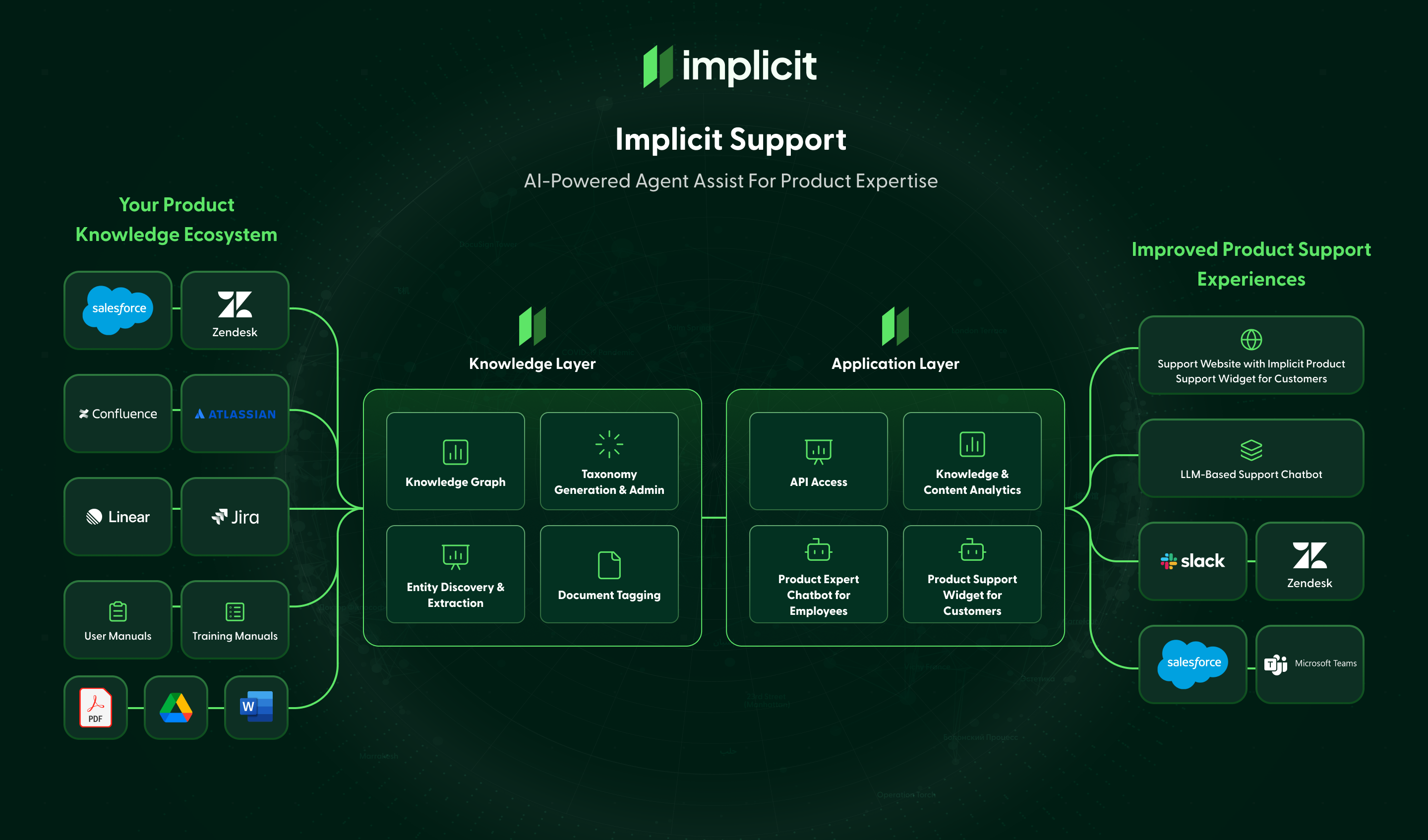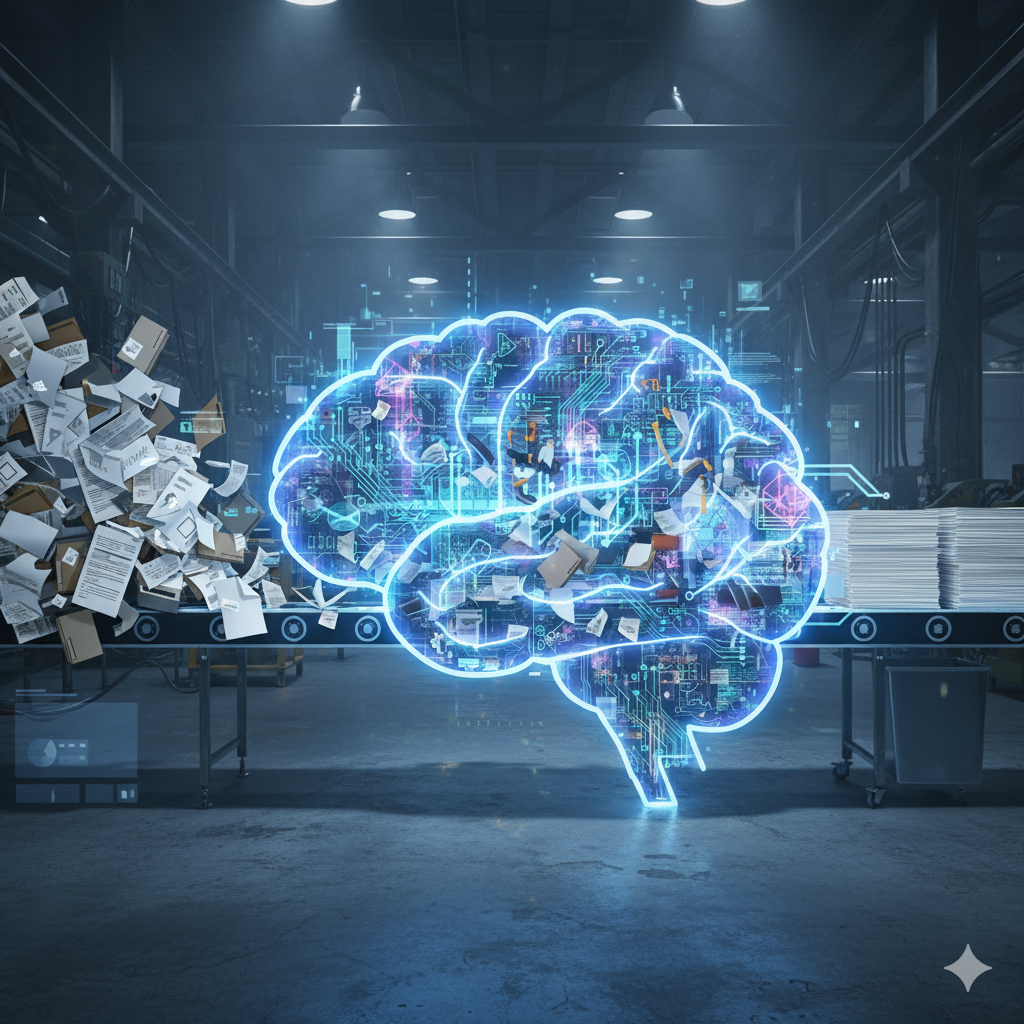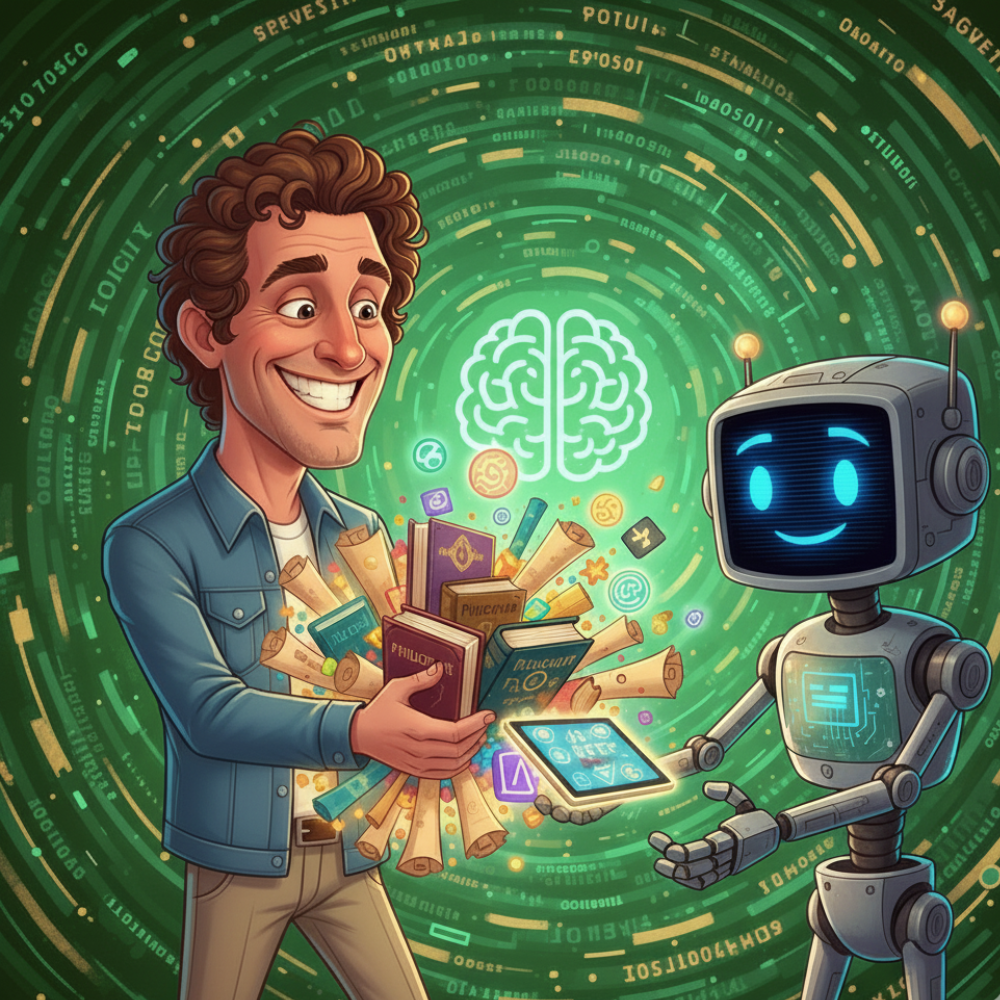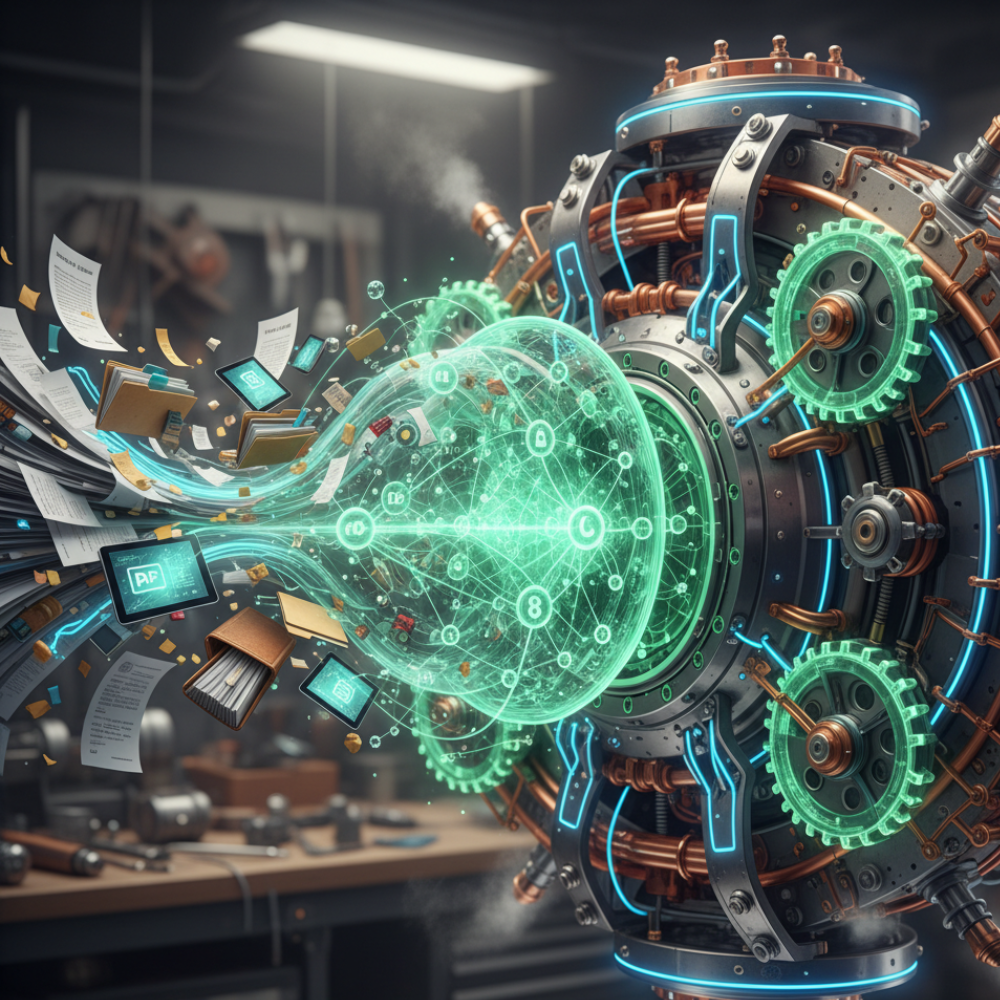Great AI Support Starts with a Great Knowledge Layer

Building a strong Knowledge Layer is the most important investment a support organization can make when exploring AI.
There’s no shortage of excitement around AI in customer support. Agent copilots, self-service bots, automation, intent detection - the list of use cases keeps growing. But here's a hard truth that often gets overlooked:
The success of any AI experience depends entirely on the quality of the knowledge behind it.
You can have the slickest-looking, smartest-sounding chatbot in the world. But, if it’s pulling from outdated or disorganized information, it will miss the mark. Every time. The same goes for agent-facing tools and API-powered automations. The outputs are only as good as the inputs.
What Is the Knowledge Layer?
The Knowledge Layer is the foundation that enables AI to function with accuracy, context, and confidence. This is how you transform raw information into structured, connected, and machine-readable knowledge.
Key components typically include:
1) Knowledge Graphs
Knowledge Graphs connect related pieces of information (think: product features, known issues, configuration dependencies) so that AI can infer relationships instead of treating each item in isolation.
2) Taxonomy & Classification
A consistent system for categorizing content makes it easier for AI to understand what a document is about, not just what it says.
3) Entity Discovery & Extraction
By identifying specific product elements (like error codes, modules, or SKUs), AI tools can deliver highly relevant answers instead of broad generalizations.
4) Content Tagging
Whether it’s a PDF manual or a Jira ticket, every piece of information needs structured metadata to become discoverable and useful in real-time. This is what content tagging does.
Think of the Knowledge Layer as your internal brain trust - cleaned up, structured, and ready to power smarter decisions and faster answers.
Why Your Knowledge Layer Matters: The Hidden Driver of AI Effectiveness
Most people evaluate an AI experience by its surface: Was the chatbot helpful? Did the copilot deliver the right snippet? Was the automation fast and accurate?
But behind every good interaction is a high-functioning knowledge system. Without it:
- Chatbots hallucinate or return irrelevant responses.
- Copilots surface outdated or mismatched guidance.
- APIs return inconsistent results across different channels.
In other words: AI can't do much with messy, unstructured data. The most powerful models in the world still rely on well-organized knowledge to perform.
Invest in the Foundation, Not Just the Flash
Many support teams start their AI journey with applications (ie: "let’s launch a bot," or "let’s test an agent assist tool"). But the real leverage comes from investing in the knowledge infrastructure underneath.
If you're serious about improving CSAT, reducing handle time, or unlocking scalable self-service, start by asking:
- Is our product knowledge structured in a way machines can understand?
- Do we have a consistent taxonomy?
- Can we trace relationships between known issues, troubleshooting steps, and feature updates?
- Are our manuals, tickets, and internal docs tagged and connected?
If not, any AI you layer on top will struggle to deliver value.
Bottom Line
You don’t need more content or a different chatbot - you need smarter knowledge.
The Knowledge Layer isn’t optional anymore. It’s the foundation of any successful AI-driven support experience, and the clearest path to helping both customers and agents move faster with more confidence.
Want better outcomes from AI in support? Start with the knowledge. The rest will follow.

.svg)


.svg)






